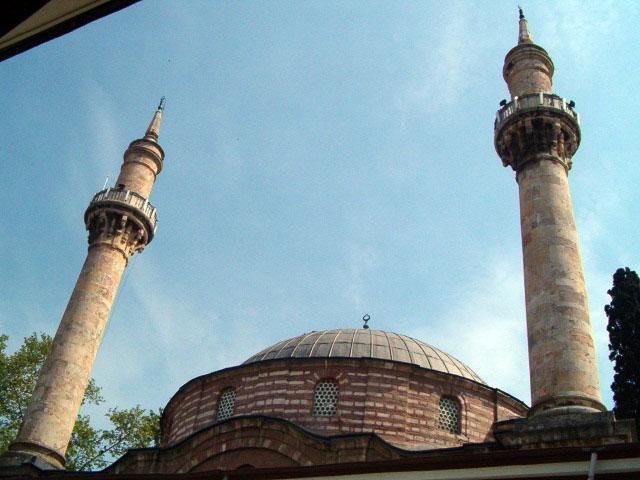Completed 14th century Architectural type Mosque | Number of minarets 2 Burials Zeki Müren | |
 | ||
Similar Mihrimah Sultan Mosque, Grand Mosque of Bursa, Eyüp Sultan Mosque, Green Mosque, Muradiye Complex | ||
Emir Sultan Mosque (Turkish: Emir Sultan Camii) is a mosque in Bursa, Turkey. First built in the 14th century, it was rebuilt in 1804 upon the orders of the Ottoman Sultan Selim III, and re-built again in 1868, along slightly varying plans each time.
Contents
Bursa emirsultan camii mosque of bursa emirsultan
Architecture
Emir Sultan, also known as Şemseddin Mehmed Ali el-Hüseyin el Buhari, was a dervish and scholar from Bukhara and also the advisor and son-in-law of the Ottoman Sultan Sultan, Bayezid I.
The present-day mosque, bearing his epithet Emir Sultan, and situated in Bursa quarter of the same name (although written contiguously, as “Emirsultan”), was built after the collapse of the original 14th-century monument in the 1766 earthquake. Although the materials and the location were maintained, the style was adjusted to reflect the baroque design that came into fashion in the Ottoman Empire during the 19th century. Following 1855 Bursa earthquake, the mosque and the mausoleum (Turkish: türbe) of Emir Sultan was rebuilt again in 1868 (1285 A.H) by Sultan Abdülaziz.
The mosque and mausoleum stand on opposite sides of a large courtyard with large basin at the entrance. The courtyard entrances are on the east and the west and the mosque and mausoleum are accessed through the courtyard. A wooden arcade with pointed arches wraps around the courtyard and rises to form portals with tall domes at bays leading into the buildings.
The mosque, on the south, is a tall single-unit prayer hall of masonry construction. There are two minarets at its corners on the north. The mausoleum, also on the south, is composed of a domed room in the center and smaller rooms to its sides and houses the tombs of Emir Sultan and his family. Other rooms on the north corner of the courtyard are for use by imams. An old cemetery covers the downside of the hill from the complex. Hundi Hatun, the wife of Emir Sultan and daughter of Bayezid I, built the hamam to the south of the mosque. There are numerous historic fountains scattered around the complex (külliye); the earliest dating from 1743.
